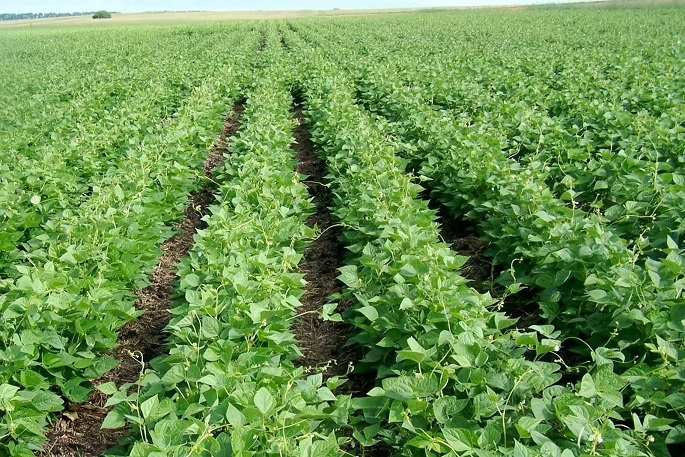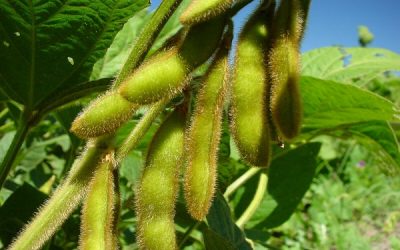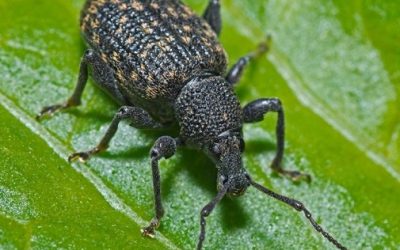Getting the best out of Beans

Commercial beans are allowed to develop to their maximum size while still marketable, as this enables more beans to be harvested at the same time, saving the grower money.
However, the opposite is desirable for the home garden: you want to pick the pods as young as possible for tenderness, taste and nutritional value. In the process, you extend the harvest period and increase total yield.
A plant has one goal: to produce seed for the next generation. As soon as it has achieved this, it will stop flowering and even abort flowers and young pods. If you constantly harvest young pods, the plant will continue producing seed by setting new pods.
To harvest beans, place your forefinger and index finger under the pod at the stem end (the peduncle) and press your thumb against the top of the pod, severing the pod from the plant.
This leaves the stem end, which you would otherwise have to remove in the kitchen, on the plant. Young, tender pods with no trimming necessary means quick and easy whole pods on the plate.
Beans come in two types: dwarf or bush beans, and runner or pole beans. Bush bean types can be harvested 55 to 60 days from planting and will continue bearing for about a month. Take this into account when planning continuity of supply.
As a rule of thumb, you can expect about 1kg of pods per metre of row.
Space the rows 70cm apart. Place the seeds 4cm to 5cm apart in the row and cover them with 1cm to 2cm of soil.
Runner beans in the garden bear over a long period.
Runner beans take longer from planting to harvest, so even if you go for this type, it may be better to start with a bush type at the beginning of the season.
Plant runner beans against a fence, or place reeds or stakes against a wall for them to climb up, thereby releasing more space in the vegetable patch.
Although beans are legumes and extract nitrogen from the air via bacteria-laden nodules on the roots, it’s wise to apply a light LAN side-dressing a week after emergence. One handful per 2m of row is usually enough.
Be careful not to apply too much. If the leaves become too dark and lush, the yield will be compromised. A healthy, medium-green colour at flowering is about right.


